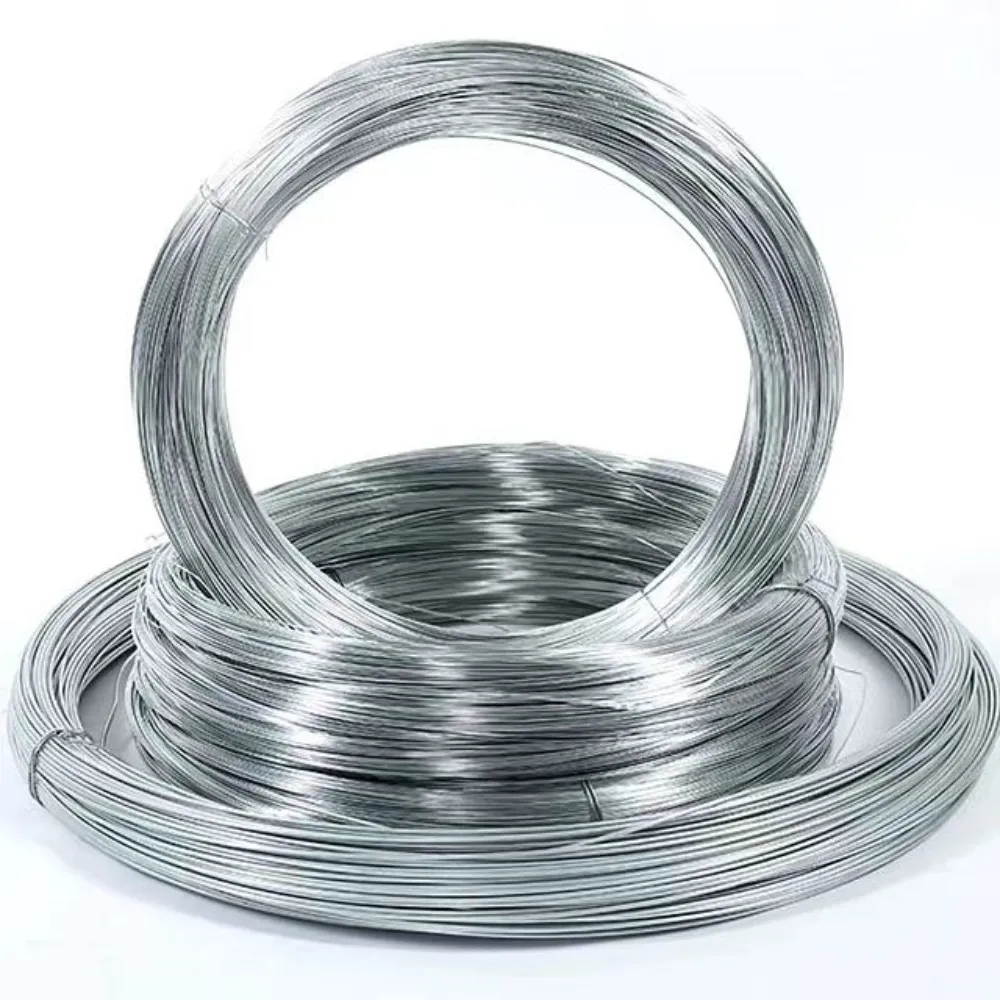wood nails
The Versatility of Wood Nails An Indispensable Tool for Woodworking
Wood nails, often overlooked in the vast array of woodworking tools and materials, are fundamental components for any wood-related projects, be it crafting furniture or constructing wooden structures. These specialized fasteners, typically made of steel, provide the strength and durability necessary to hold wooden elements together. Their unique design allows for optimal grip and stability, making them an indispensable tool for both amateur and professional woodworkers.
Types of Wood Nails
Wood nails come in various types, each serving distinct purposes. Common types include finishing nails, common nails, brad nails, and spiral nails. Finishing nails, usually smaller with a smaller head, are perfect for affixing trim and molding without visible nail heads. Common nails, larger and thicker, offer greater holding power for heavier construction. Brad nails are thinner and are often used for delicate work, such as attaching smaller pieces of wood without splitting them. Spiral nails, with their twisted shaft, provide enhanced grip, making them ideal for securing joints and ensuring stability in construction.
Applications of Wood Nails
The applications of wood nails are vast. In furniture making, they are used to join panels, secure legs to tabletops, and attach drawers. In carpentry and framing, they help to construct walls, roofs, and other structural components. Wood nails also play a crucial role in creating intricate wood projects, such as cabinets, chairs, and decorative pieces. Their ability to blend seamlessly with the wood allows for a clean finish, which is particularly important in high-quality craftsmanship.
wood nails

Choosing the Right Wood Nail
Selecting the right wood nail for a project involves considering several factors, including the type of wood, the weight of the materials being joined, and the overall design of the project. For instance, hardwoods often require sturdier nails due to their density, while softwoods may use lighter fasteners. Additionally, the length of the nail should correspond to the thickness of the material to ensure a secure hold. Professionals often recommend using nails that are at least twice the thickness of the top piece of wood being joined to achieve the best results.
Installation Techniques
Proper installation techniques are vital to maximizing the effectiveness of wood nails. It is essential to pre-drill holes when working with particularly hard woods to prevent splitting. Additionally, using a hammer or pneumatic nail gun can ensure that nails are driven straight and flush with the surface, enhancing the aesthetic appeal of the finished project. For added strength, some woodworkers opt to use adhesive in conjunction with nails, creating a bond that minimizes the risk of joint failure over time.
Conclusion
In conclusion, wood nails are a quintessential element in the woodworking toolbox. Understanding their various types, applications, and installation techniques can significantly enhance the quality of woodworking projects. Whether you are a hobbyist or a seasoned professional, the reliable performance of wood nails will undoubtedly contribute to the success and durability of your creations. Embrace the versatility of wood nails, and let them elevate your woodworking endeavors to new heights.
-
Space-Saving Chain Fence Hacks Vertical Gardening with Cyclone MeshNewsJul.16,2025
-
Innovations in Iron Nail Wire Production for Modern ConstructionNewsJul.16,2025
-
Creative Uses of Wire Netting Fence in Modern Landscape DesignNewsJul.16,2025
-
Barbed Wire Fence Innovations in Anti-Climb TechnologyNewsJul.16,2025
-
Architectural Uses of Umbrella Nails for Aesthetic Roof DesignsNewsJul.16,2025
-
Architectural Uses of Razor Barbed Wire in Secure Urban DesignNewsJul.16,2025




